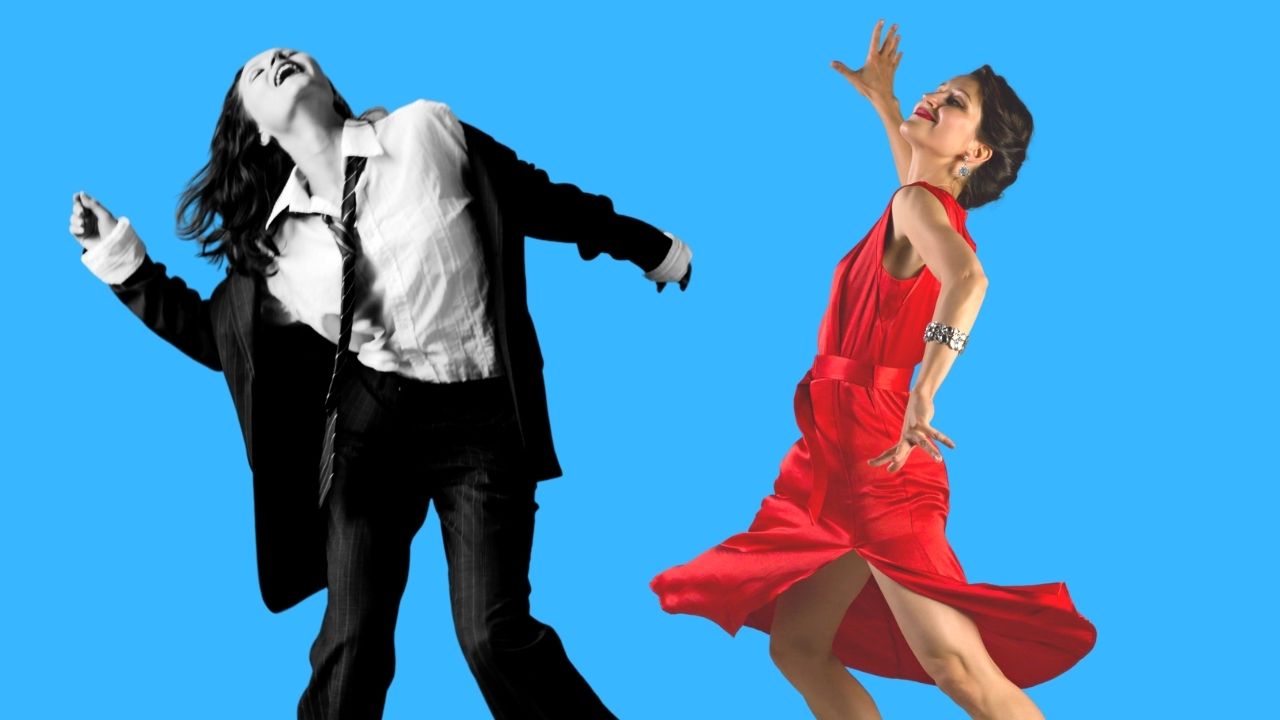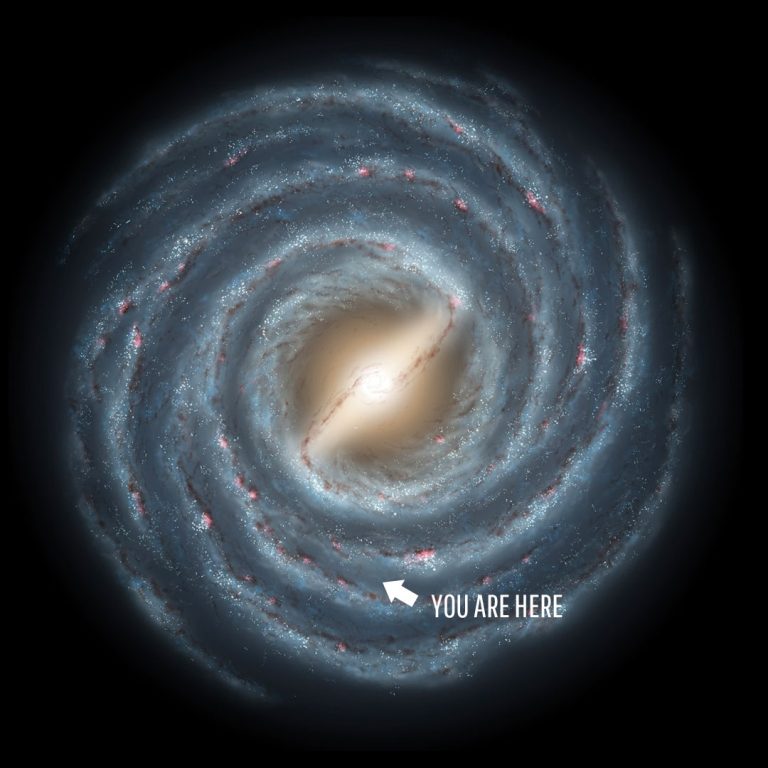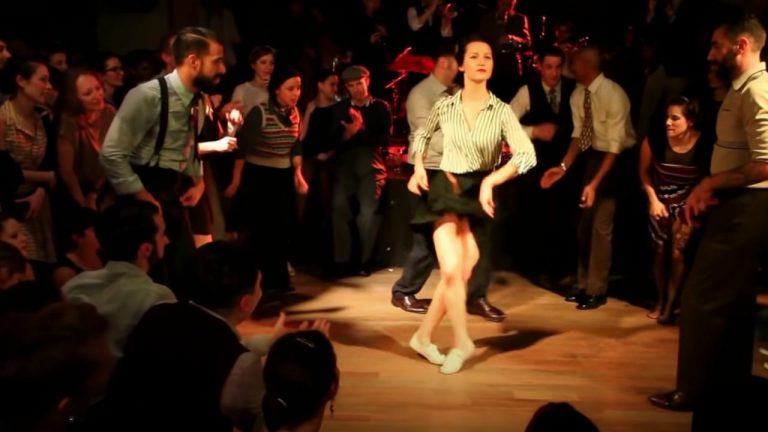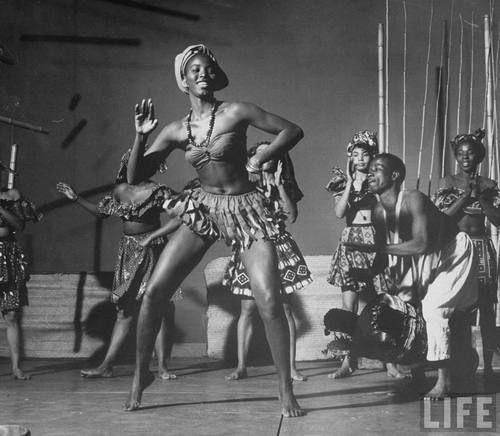One of the most common questions from my students in secrets of solo online dance school is how to make the dance more interesting. My advice is to work on contrasts! Contrast can be a quality applied to a single move or a whole dance, as well it is a tool for choreographing and instantly composing your improvisation.
Contrasts as a tool to make your dance more exciting
Imagine this, here you are swinging with the even rhythm, doing your swinging 8th notes and waking bass with constant bounce and all of the sudden you break and throw a couple of syncopation and explosive poses. We are thrown off the beaten track full of excitement, what’s next!? How unpredictable and surprising! You were dancing something big with powerful kicks, full on energy and as a snap you zoom in on a tiny bounce and minuscule stomps with a wink in your eyes. We will say “Aaaah!” and be grateful for taking us on a journey.
If you’d like to make your movement, dance more dynamic, surprising and interesting there is one thing we can work on – contrasts. We can start working on it from the very beginning of your journey in solo jazz. No need to wait for the day you know all the steps. Contrast is what keeps our attention, creates suspense, and makes sure to keep us awake no matter if we are a performer or an audience.
Imagine a person talking with no pause, no intonation, no accentuation? We would lose all concentration and probably drift away to our own thoughts in this boring even stream of noise. Imagine a song that has no change whatsoever. Same pace, same key, same rhythm, same distances between the notes, same intonation, intensity…. We would most likely fall asleep or transcend to another state. Same goes for the dance.
At this moment I would like to make a note that tunes, dances, chants with no contrasts exist and are examples of cultural events. There are chants, dances and music that are examples of something that specifically avoids contrasts, but instead are steady and monotonous, following structure with many even repetitions in order to guide us to a hypnotic meditative state.
Let’s assume going into a meditative state is not what we are going for currently and go back to contrasts. Contrasts in jazz music makes it so exciting. We hear a 16 pack blowing horns on the head and when all of a sudden we hear trumpet alone taking a solo our eyes sparkle. In a moment the swinging rhythm of bass and drums and piano join in to support and ride with the trumpet we lose our mind. Waves of exciting changes, intonations, various volumes, textures and lengths is what keeps us on the edge of the seat.
What is a contrast?
“Contrast is the difference in luminance or colour that makes an object distinguishable”
Wikipedia
How interesting that contrast is there not only for itself, it is actually helping to spotlight the other element that we are contrasting against.
Say, if you are dancing all the time super fast, we might not even think of how exciting and maybe challenging it is. We will take it as a normality and give it to them. Once you’ll show us the half tempo or slower tempo in comparison we will realise what fast means and that juxtaposition will bring fascinations, excitement and appreciation.
“Contrast is the state of being strikingly different from something else in juxtaposition or close association”
Oxford Languages
Contrasts call out comparison to spotlight the differences between the two or more elements and to empower each element even stronger in its essence.

Types of contrasts:
For instance:
Small – Big
Low – High
Wide – Narrow
Frontal – Circular
On the spot – Moving around
Even rhythm – Syncopated rhythm
Legato – Staccato
Light – Heavy
Left – Right
One part of the body (feet/ arm/ head/finger) – Entire body
Linear – Asymmetric
Front – Back
Inward – Outward
Happy – Sad
Open – Close
Down – Up
Bent – Straight
Smooth – Edgy
Continuos – Abrupt / Fractional
Active – Passive
If you feel adventurous, take a dictionary and look up opposites to different words. These are your contrasts. How do you understand them? How would you apply them in your dance?
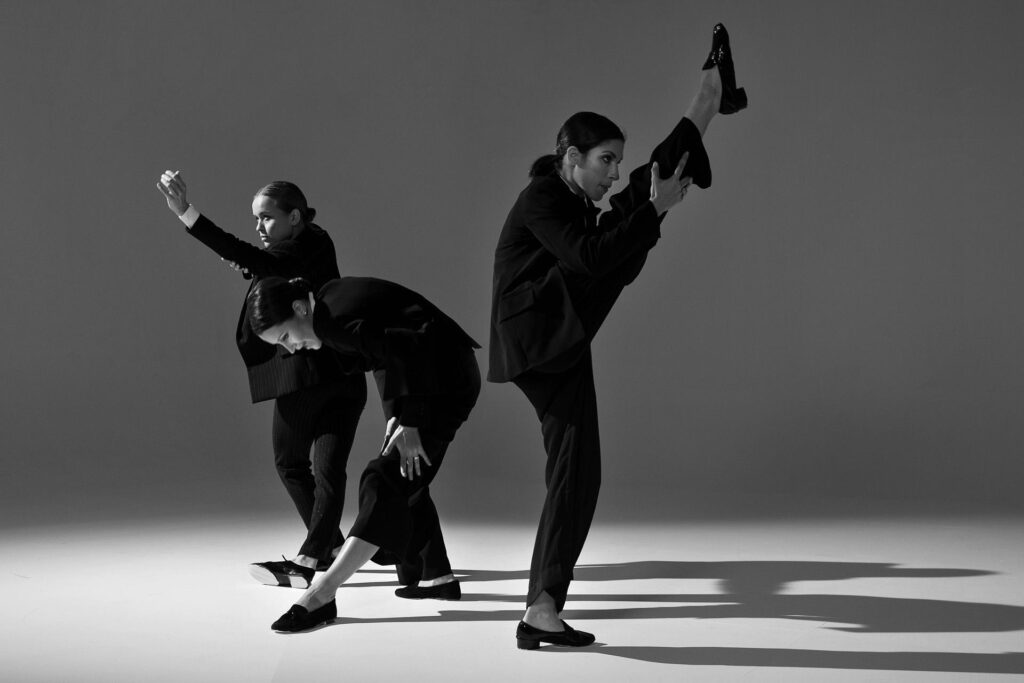
Contrasts as a tool to construct your improvisation
Let me tell you my secret of how I think and apply contrast to improvisation. Not only do I think about contrast for practicing or choreographing. I definitely use them as a “mental guidance” of my improvisation.
Improvisation is not a talent. It’s a skill. You practice to make your improvisation better. You work on elements to improve overall improvisation. What can be elements that build your ability to improvise and improvisation itself? Your rhythm, footwork / vocabulary, variation skills, the work of arms, speed, elements like turns, jumps, floor work, tricks and, as well,… contrasts.
When I know that I am about to do an improvisation at a dance festival or I just go out improvising, I awaken the memory and knowledge of contrasts in order for my improvisation to have a spike curve, diversity and excitement. I call this method “building blocks” or “contrast skeleton”.
Contrast skeleton
Contrast skeleton is a sketch a road map, a rough plan, that you build for yourself before you go on improvising or in the process of dance, that way reminding yourself of the other possibilities than what you are currently doing.
You can mentally prepare the contrast skeleton or building blocks in your head if you know the song you are improvising to or you just have them ready in your mind, use them to guide your improvisation flow. They will help you “rock the boat” of your dance. They will help you be creative if you are ever stuck or music stops guiding your body and soul. But even if music is guiding you fully, contrasting building blocks are there for you to be diverse in expression.
Thinking in building blocks like this can as well help to imagine the dance in a more holistic way.
How to compose improvisation with contrasts
How does it look like? Let’s imagine a sketch to any jazz song. Just a proposition, one possibility of many.
- Let’s take the intro of the song and say you decide to start by taking in, covering with your dance all the space of the stage. You might do that with the idea to greet the space and your audience or because the song has a grand opening and you choose to support it. You might choose to do it with big sway brushes of moves, like travelling kicks, kick steps, runs and slides.
- Following that you might want to choose to arrive to a spot where you will deliver the main form of the song, let’s say it’s AABA structure. You present the he main melody with diverse movements, variety of footwork and colourful ornamentation, variation of stacatto steps. On a B part you can take a deviation to give a smaller contrast to A parts and create a smaller travelling, maybe rotation you dance 360 and having a moment where you are not frontal to the audience.
- After that we might arrive to a piano solo and for that maybe far way right corner can be a good place to be. You arrive there, opposite to the pianist who usually is in the left corner of the stage and stay there for the solo length, leaving behind for the audience the feeling of the space that there is and was and now you are existing in it. While you exist in your small spot in the bog space, you might choose to focus on a small precise footwork movement to squeeze the attention and focus the excited eyes of people on you with more attention.
- For a sax solo you might choose to travel to the left bottom corner of the stage. Getting inspired by a completely different quality of sound of saxophone in comparison to a piano, you might choose to move with more legato, fluid, continuous movements. Using ronds and log slides, turns with wide spread of arms.
- For a bass solo you might come back to the centre of stage and choose intimate position, where you will dance with your back to the audience, only communication with a quite side, your back, shoulders and silent body movement with some rhythm steps.
- To come back to the AABA head you flip the coin and come back with full power and energy, facing people. You take off from the static spot and cover the front and the sides, making sure to mix like colors in a palette the qualities you were just exploring one by one.
- For the final run of the tune, for the outro, take over the length of the stage from right to left and mark the area with slides, runs, big moves to give a final splash of colour to the tune.
Of course good music is a great partner that will help you dance with contrasts. Brilliantly composed tune or a talented solo already has contrast and development within it, that’s one of those elements that make it ultimately good. But at times music is not beaming with contrasts, or you didn’t yet learn to hear them or maybe they are quite subtle. In that case you can use your own contrasts to help create tension and development.
Finale
Contrasts allow us to bring in dynamics, surprise, excitement and with all that attention of the audience and concentration for the performer. Contrast spotlight the juxtaposed sides and bring in more clarity in the dance itself. Use contrasts for your movement practice as well as for composing a choreography or sketching an improvisation.
